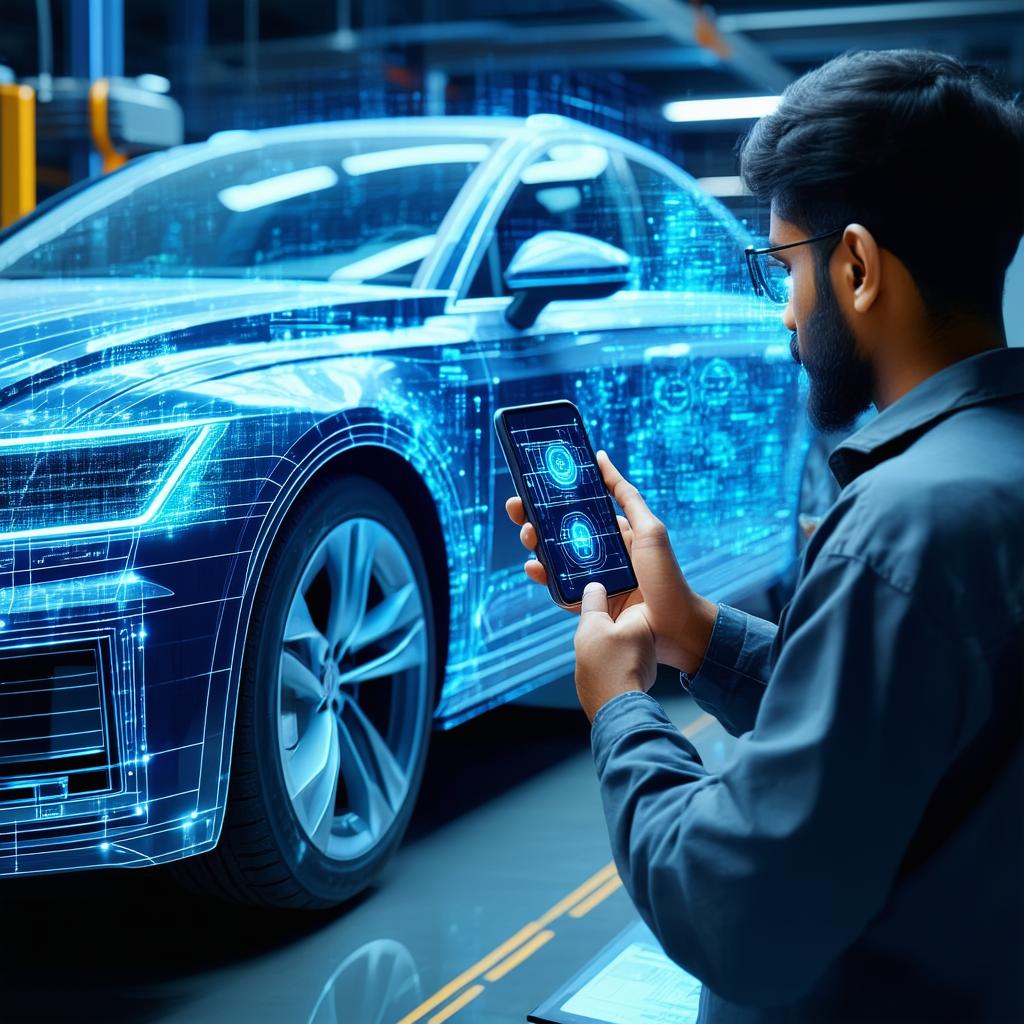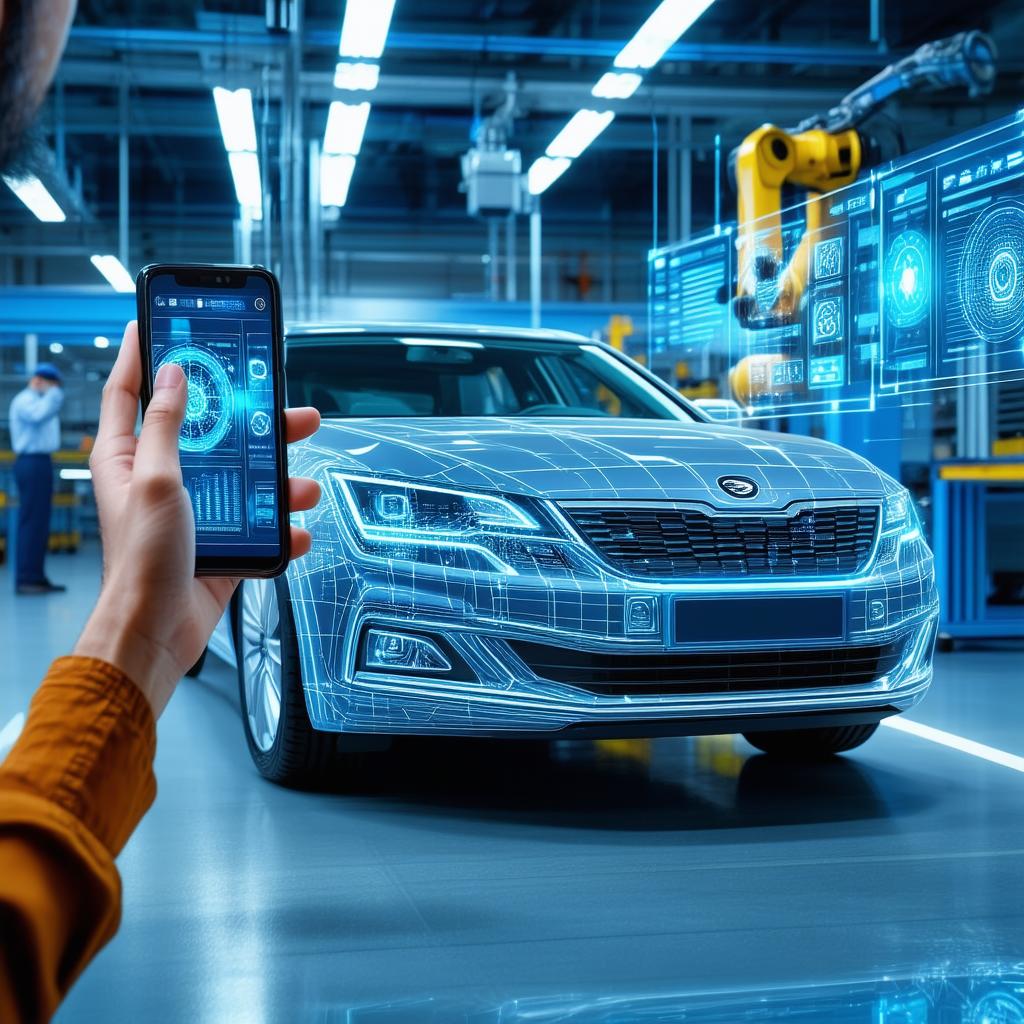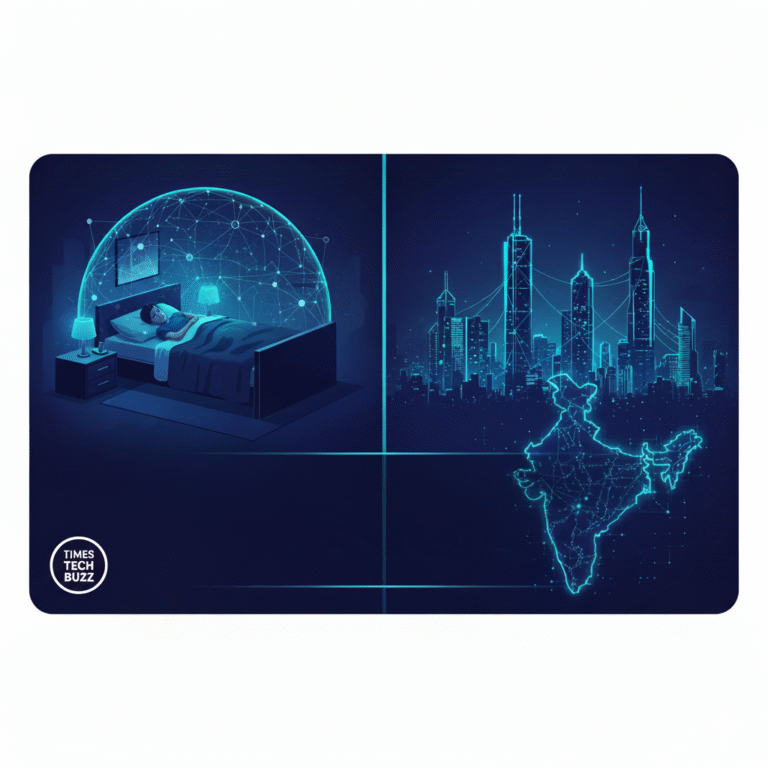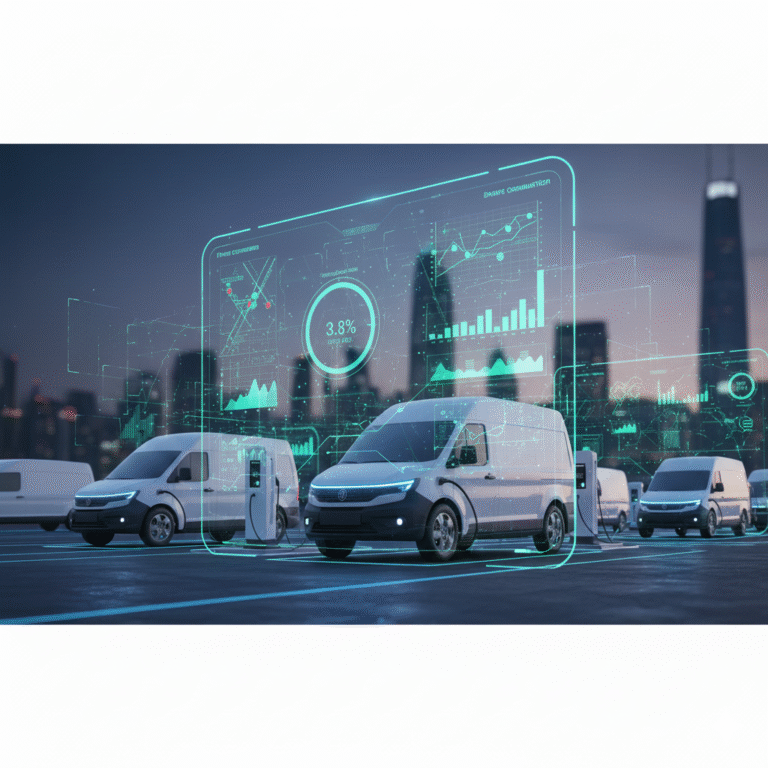Introduction
India’s automotive industry is one of the largest in the world, with millions of vehicles being bought, sold, and serviced every year. However, vehicle inspections remain a time-consuming and often inefficient process. With the advent of artificial intelligence (AI), companies worldwide are transforming vehicle inspection methods, making them more efficient, accurate, and accessible. The recent success of Self Inspection, a U.S.-based startup that raised $3 million to expand its AI-powered vehicle inspection services, serves as a benchmark for how AI is revolutionizing this industry.
In this blog, we will explore the potential of AI-powered vehicle inspection in the Indian market, its benefits, challenges, and future prospects.

The Current State of Vehicle Inspections in India
Traditional Methods: Time-Consuming and Inefficient
In India, vehicle inspections are traditionally conducted through manual processes, which involve trained professionals assessing a vehicle’s condition. These inspections are commonly required for:
- Insurance claims (for assessing damages)
- Vehicle resale (for determining resale value)
- Fleet management (for rental and logistics companies)
- Regulatory compliance (for roadworthiness certifications)
While manual inspections are reliable, they are slow, prone to human error, and often require specialized equipment. Additionally, the growing number of vehicles on Indian roads makes it increasingly difficult for inspection agencies to keep up with demand.
Rise of Digital and AI-Powered Inspections
With the increasing penetration of smartphones and the internet, digital vehicle inspection solutions have begun to emerge. Companies like Self Inspection in the U.S. have demonstrated how AI can be used to simplify inspections through smartphone cameras and advanced machine learning models. The Indian market presents an ideal landscape for similar innovations.
How AI-Powered Vehicle Inspection Works
1. Image-Based Damage Detection
Using AI-powered software, vehicle inspections can be conducted through a smartphone camera. The AI analyzes images to identify damages such as scratches, dents, and paint chips. Machine learning algorithms trained on extensive datasets can assess the severity of damage and estimate repair costs.
2. Integration with Onboard Diagnostics (OBD2)
Many modern vehicles come equipped with OBD2 ports, which store crucial information about engine health, emissions, and overall performance. AI-powered inspection tools can integrate with OBD2 systems to assess a vehicle’s internal condition without physical dismantling.
3. Instant Report Generation
Once the AI has analyzed the images and data, it generates a detailed report outlining:
- Damage assessment
- Required repairs and estimated costs
- Potential roadworthiness issues
- Resale value estimation
These reports can be accessed by insurance companies, car dealerships, and buyers instantly, streamlining decision-making processes.
Benefits of AI-Powered Vehicle Inspection in India
1. Faster and More Efficient Inspections
AI eliminates the need for physical appointments, reducing inspection times from hours to minutes. This is especially beneficial for:
- Car dealerships that need quick inspections for resale
- Insurance companies processing claims
- Fleet operators managing large numbers of vehicles
2. Cost Savings for Businesses and Consumers
AI-based inspections eliminate the need for expensive manual inspections. Businesses can save on labor costs, and consumers can avoid unnecessary inspection fees.
3. Higher Accuracy and Fraud Prevention
AI-powered inspections reduce human errors and the possibility of fraudulent claims. AI systems can compare vehicle conditions across multiple inspections, detecting discrepancies and preventing fraud.
4. Scalability for Mass Adoption
Given India’s large automotive market, AI-based inspection solutions can be scaled easily. As smartphone penetration increases, these solutions can be used across urban and rural areas without additional infrastructure.
5. Better Customer Experience
For individuals selling or buying used cars, AI-powered inspections provide a transparent, unbiased assessment, making transactions smoother and more trustworthy.
Challenges of AI-Powered Vehicle Inspection in India
While AI presents numerous advantages, its adoption in India faces several challenges:
1. Data Collection and AI Training
For AI models to be effective, they require extensive datasets of vehicle damages specific to Indian conditions. Unlike developed markets, India’s roads present unique challenges such as:
- More varied road conditions
- Higher frequency of minor accidents
- A mix of new and old vehicle models
2. Smartphone Camera Limitations
AI-powered inspections rely on high-quality images, but variations in smartphone cameras and lighting conditions can affect accuracy.
3. Resistance from Traditional Inspection Agencies
Manual inspectors and government agencies might resist AI-based solutions due to concerns over job displacement and regulatory hurdles.
4. Regulatory Approvals
For AI-based inspections to be widely accepted, government regulations must recognize AI-generated reports as valid for insurance claims and resale valuations.
Future Prospects of AI-Powered Vehicle Inspection in India
1. Collaboration with Government Agencies
To ensure widespread adoption, AI inspection providers should collaborate with regulatory bodies such as the Ministry of Road Transport & Highways (MoRTH) and the Insurance Regulatory and Development Authority of India (IRDAI) to standardize AI-generated inspection reports.
2. Expansion into Rural Markets
While AI-powered inspections are more common in urban areas, companies must ensure that these services are accessible in rural regions where traditional inspection facilities are limited.
3. Partnerships with Auto Dealers and Insurance Providers
To accelerate adoption, AI vehicle inspection companies can partner with major players in the automotive ecosystem, including:
- Used car marketplaces (e.g., OLX Autos, Cars24, Spinny)
- Auto manufacturers and dealerships
- Insurance providers (e.g., ICICI Lombard, Bajaj Allianz)
4. Integration with Electric Vehicle (EV) Ecosystem
As India moves towards EV adoption, AI-powered inspections can help assess EV battery health, ensuring fair pricing and maintenance.
Conclusion
AI-powered vehicle inspection technology has the potential to transform India’s automotive industry, making inspections faster, more accurate, and cost-effective. While challenges remain, companies that navigate regulatory frameworks, build robust AI models, and integrate seamlessly into existing automotive ecosystems will lead the way.
As seen with Self Inspection’s success in the U.S., similar innovations can redefine India’s vehicle inspection market, benefiting consumers, businesses, and regulatory bodies alike. The future of AI-powered inspections in India is promising, and we are likely to see rapid adoption in the coming years.
Courtesy: Internet
Read Also:
Generative AI: Propelling the Automotive Industry Forward









+ There are no comments
Add yours